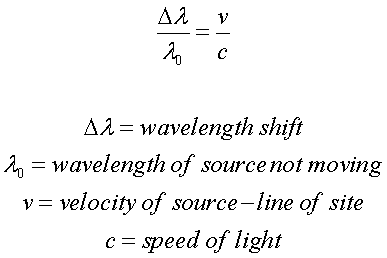

None of the detections have been confirmed with modern methods. Nevertheless, during the 20th century, this method was used to attempt planetary detection around some nearby stars, using large ground-based telescopes.

From Earth's surface they too are restricted by the atmosphere. Such observations are known as astrometry. Even if a spectroscope could be made to detect this, the boiling of the star's gaseous surface (the acoustical modes studied on the SUN by ESA’s SoHo and to be studied on stars with the COROT mission) would mask the effect of the planet.Īnother technique, related to the radial-velocity detection, is to precisely measure the position of a star, so that any wobbling can be directly detected. However, Earth only forces the Sun to move at 0.1 metres per second. With the best spectroscopes, astronomers can confidently detect motions of about 15 metres per second. This technique is limited, however, because it will never be able to detect small, Earth-sized worlds. By measuring the amount of movement with time, the mass of the planet and its orbit can be determined. Astronomers therefore look for stars where the spectral lines are moving back and forth, since these must be the ones with planets in orbit around them. When the star travels away from Earth, the opposite happens, and the wavelengths are moved towards the red part of the spectrum. When the star moves towards Earth, the wavelengths of the spectral lines in the light it emits move towards the blue end of the spectrum. The star will sometimes be spinning towards Earth and at other times spinning away. It makes it look as if the star is pirouetting around a point in space. How? As the planet orbits the star, it pulls on it with its gravitational field, forcing the star into a small orbit, or wobble. Studying these lines can show which stars have large planets around them. These provide an indication of the amount of that element present in the object and under what conditions (like temperature and pressure). Every element and molecule generates its own chemical fingerprint through unique ‘spectral lines’ at different wavelengths. These spectral lines correspond to the wavelengths of light that have been absorbed by chemicals on the surface of the star from which the light originated. When the spectrum is magnified, straight black lines can be seen superimposed on the colours. The method requires the light from a star to be passed through a prism and split into a spectrum, rather like water droplets in the atmosphere splitting sunlight into a rainbow. The vast majority of planetary detections so far has been achieved using the radial-velocity technique from ground-based telescopes. Radial velocity Radial velocity measurements for the star 51 Pegasi taken at different times


 0 kommentar(er)
0 kommentar(er)
